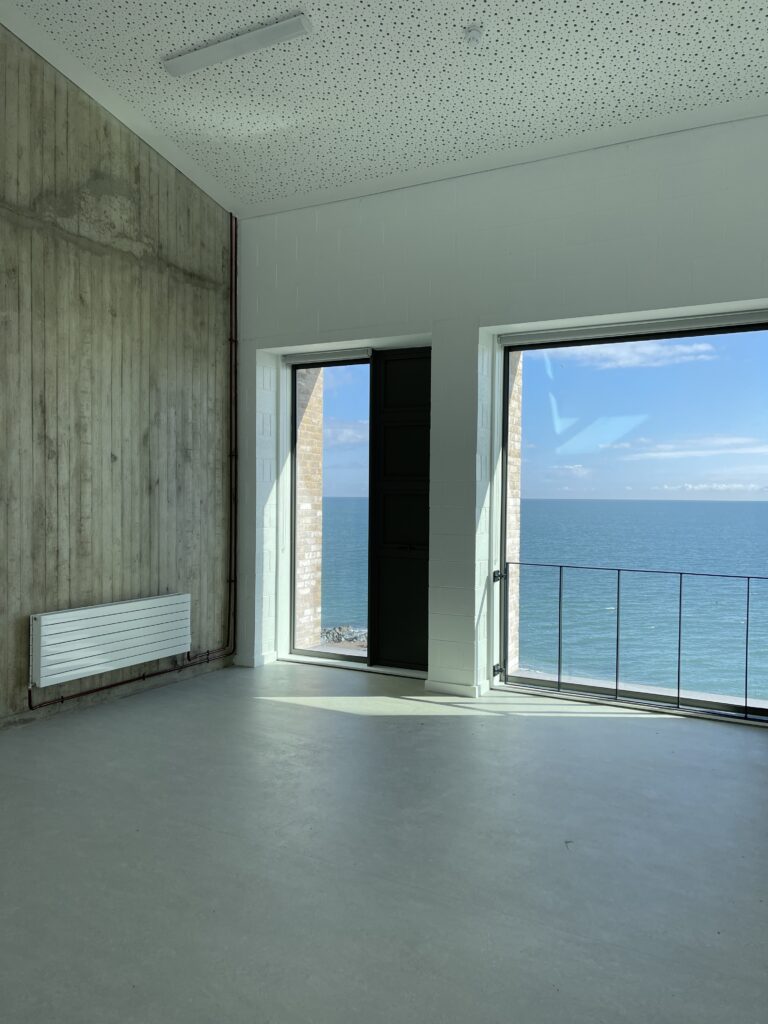Journal •
The Energy Performance of Buildings Directive Proposes Zero-Emission Buildings by 2050
The proposed Recast Energy Performance of Buildings Directive (the EPB Recast Directive) looks set to bring about significant changes to the way in which buildings are constructed and maintained. The EPB Recast Directive has set out to create a full stock of “zero-emission buildings” by 2050. This replaces the old “nearly zero-energy building” requirement of the previous directives.
The purpose of the EPB Recast Directive is to set minimum requirements and a common framework across all member states for calculating energy performance and accelerating the cost-effective renovation of existing buildings. Some of its core aims are to:
- reduce energy consumption and waste;
- diminish the impact and cost of energy bills; and
- facilitate renovation
Key Provisions
The headline proposal of the EPB Recast Directive is the requirement for all buildings to be zero-emission buildings on a phased basis from 1 January 2026 to 2050.
It is currently proposed that all new publically owned, occupied or operated buildings must be zero-emission buildings from 1 January 2026 and all other new buildings must be zero-emission by 1 January 2028.
The European Commission made several more specific provisions, some of the most relevant include:
- The re-scaling and harmonisation of energy ratings across the EU
This will allow for objective tracking of performance and assist with meeting targets.
- Minimum energy performance standards
The proposal aims to phase out the lowest-scoring buildings in order to achieve a full stock of zero-emission buildings by 2050. For example, it is proposed that as of 1 January 2027, all publically-owned and commercial buildings must obtain at least a class E rating and by 1 January 2030 a class D rating.
- Data
It is proposed that direct access to building systems data be provided to building owners. This aims to align tenant and landlord interests around matters such as water consumption and energy efficiency.
Consequences of Non-Compliance
Properties that do not keep up with the fast pace of carbon-focused legislation risk being left “stranded”. Stranded assets are properties that will be exposed to the risk of early obsolescence due to climate change because they will not meet future regulatory efficiency standards or market expectations. For further information, please see Stranded Real Estate – A Real Possibility.
What’s Next?
Since the European Parliament’s approval of the proposed EPB Recast Directive in March 2023, “trilogue” negotiations between the Parliament, the Council and the European Commission are ongoing, which will eventually lead to a final draft of the legislation.
If you would like further information, please contact Matheson LLP’s Construction and Engineering partners Rhona Henry, Alison Bearpark or Nicola Dunleavy.






